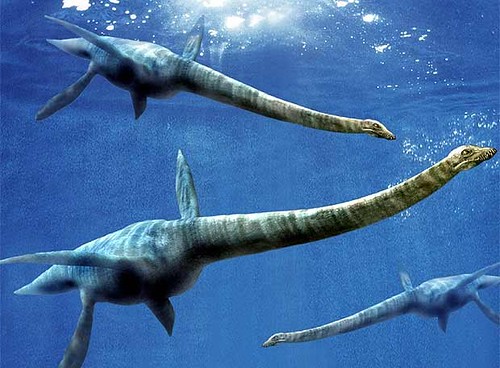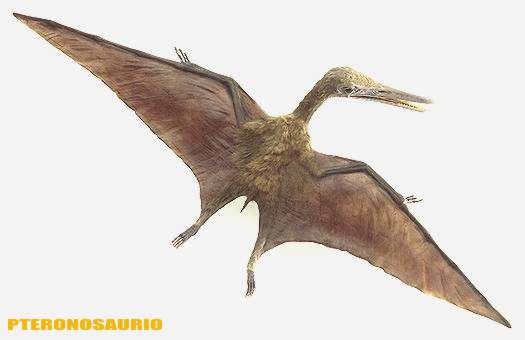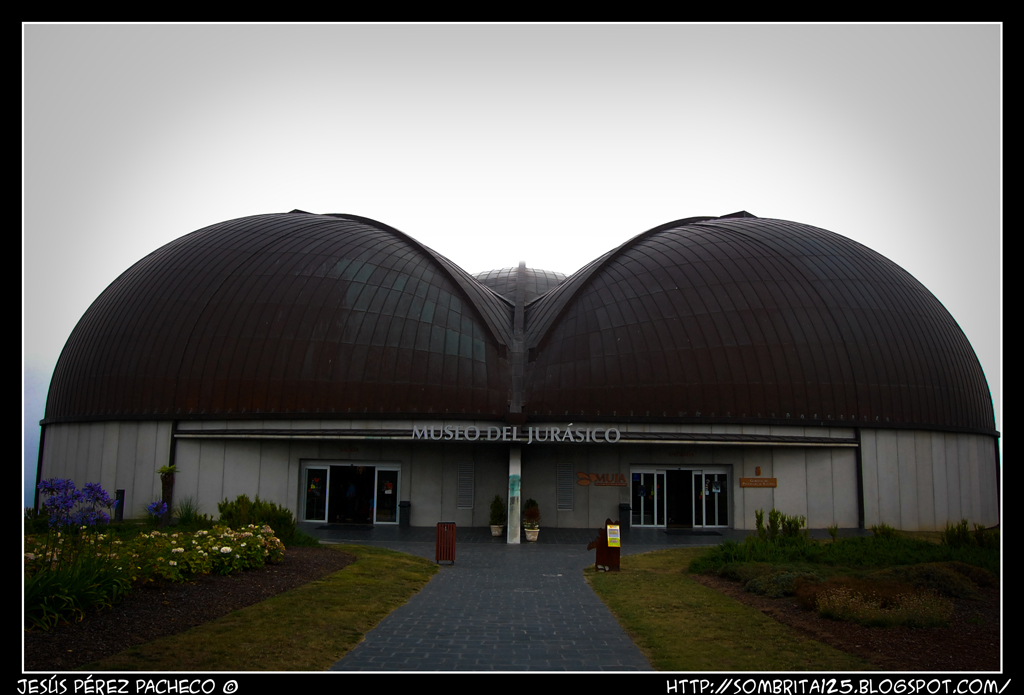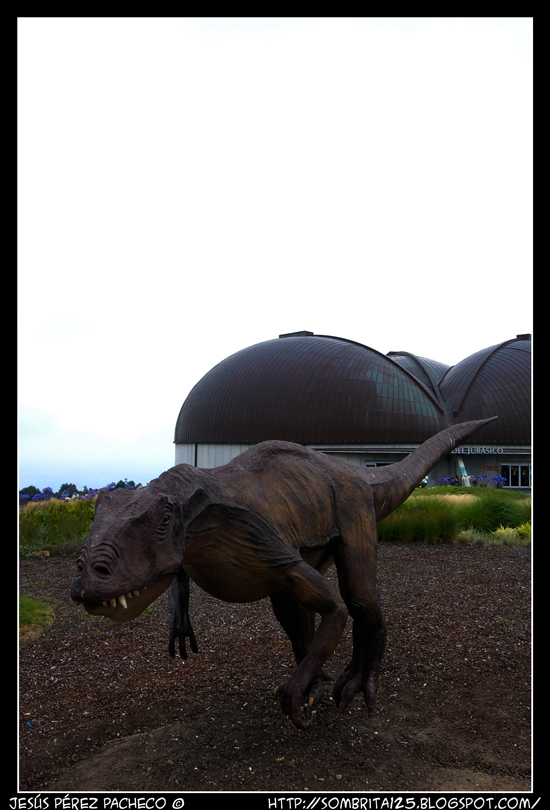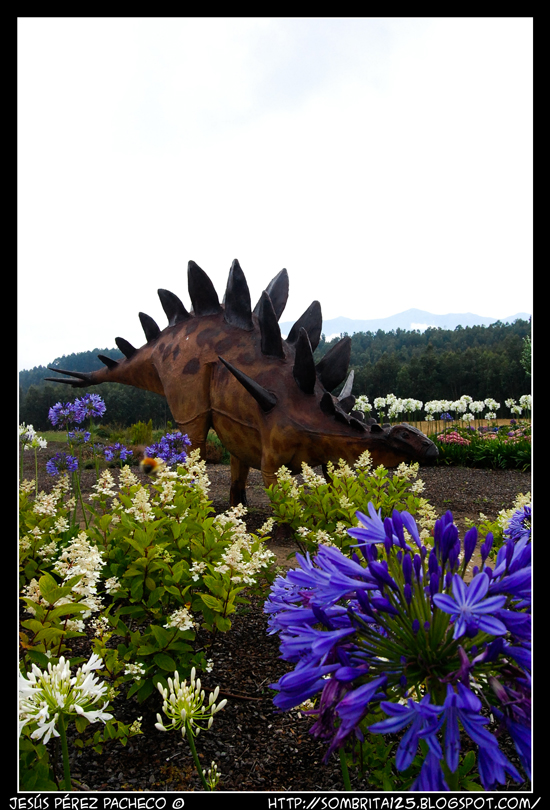
The Pachycephalosaurus was a herbivorous dinosaur that roamed in North America n the late Cretaceous period. Highlights the enormous dome of his head, having a thickness of up to 25 cm. It is not clear what role of this dome, and has been the subject of considerable discussion among experts since discovered the first remains of this dinosaur in 1940.

The dome may have acted as a shock helmet to protect the head during the attack. But unlike the other dinosaurs blinddos like Ankylosaurs , the rest of the body was not protected. Therefore, of little use to have protected only the head to the jaws of Tyrannosaurus or otrtos carnivorous dinosaurs.
Another theory is that the dome would have allowed Pachycephalosaurus recognize each other. Males may have been brightly colored vaults to capture the attention of females.
 The Pachycephalosaurus skull is not only notable for its dome, which stands above the eye socket, but all other prominences presented. It has a number of bony behind the dome, and a more tapered bone buttons along the snout. The vault is empty or occupied by the brain, but is made of bone mass up to 25 cm thick. The skull is half a meter longirud. Compared to him, the teeth are small, but its compact and curved, and serrated edges make them ideal for cutting plant material.
The Pachycephalosaurus skull is not only notable for its dome, which stands above the eye socket, but all other prominences presented. It has a number of bony behind the dome, and a more tapered bone buttons along the snout. The vault is empty or occupied by the brain, but is made of bone mass up to 25 cm thick. The skull is half a meter longirud. Compared to him, the teeth are small, but its compact and curved, and serrated edges make them ideal for cutting plant material. Another possibility is that the primary use of the vault was that of being a weapon against predators and the struggles against other Pachydephalosaurus . No skeletons were found Pachycephalosaurus whole, but evidence of closely related dinosaur skeletons suggests that their bones were well adapted to withstand the forces produced during the fight. The skull must be securely attached to the spine by muscles and ligaments. And the spine must be strong and firmly attached to the hindlimbs. Thus, when two males lunged at high speed, shock waves generated by the bump of the head could be transmitted through the skull to the spine and hind legs to the ground.
However, some experts argue that Pachycephalosaurus not have been able to ram his head, because the bone that forms the roof does not seem very strong. Instead, they suggest that the two males could push supported in the vaults as a test of strength. Another possibility would be that a male could ram another at the sides.

Did they live together?
Many animals fight with other members of their own species. If they win the fight get the right to lead the group, living in a particular area of \u200b\u200bland or mate with a female specific. If Pachycephalosaurus fought each other, it was probably for this reason. and if they used their vaults to recognize and fight each other, is likely to live and find food group. Along with the
Pachycephalosaurus also lived the Ankylosaurus , rugged and heavily armored, and Parasaurolophus , with a long crest on the head. All these herbivorous dinosaurs were probably attack prey giant carnivore of its time, as Albertosaurus and Tyrannosaurus rex .
 The Pachycephalosaurus skeleton and dinosaur related to it was built to withstand the powerful forces exerted during the attacks to the head.
The Pachycephalosaurus skeleton and dinosaur related to it was built to withstand the powerful forces exerted during the attacks to the head. SHEET
Gender: Pachycephalosaurus
Rating: Marginocephalia; Pachycephalosauria; Pachycephalosauridae
Length: Up to 8 m
Height: 4.5 m
Period: Late Cretaceous , about 68-65 million years
Found: Western United States and Canada

